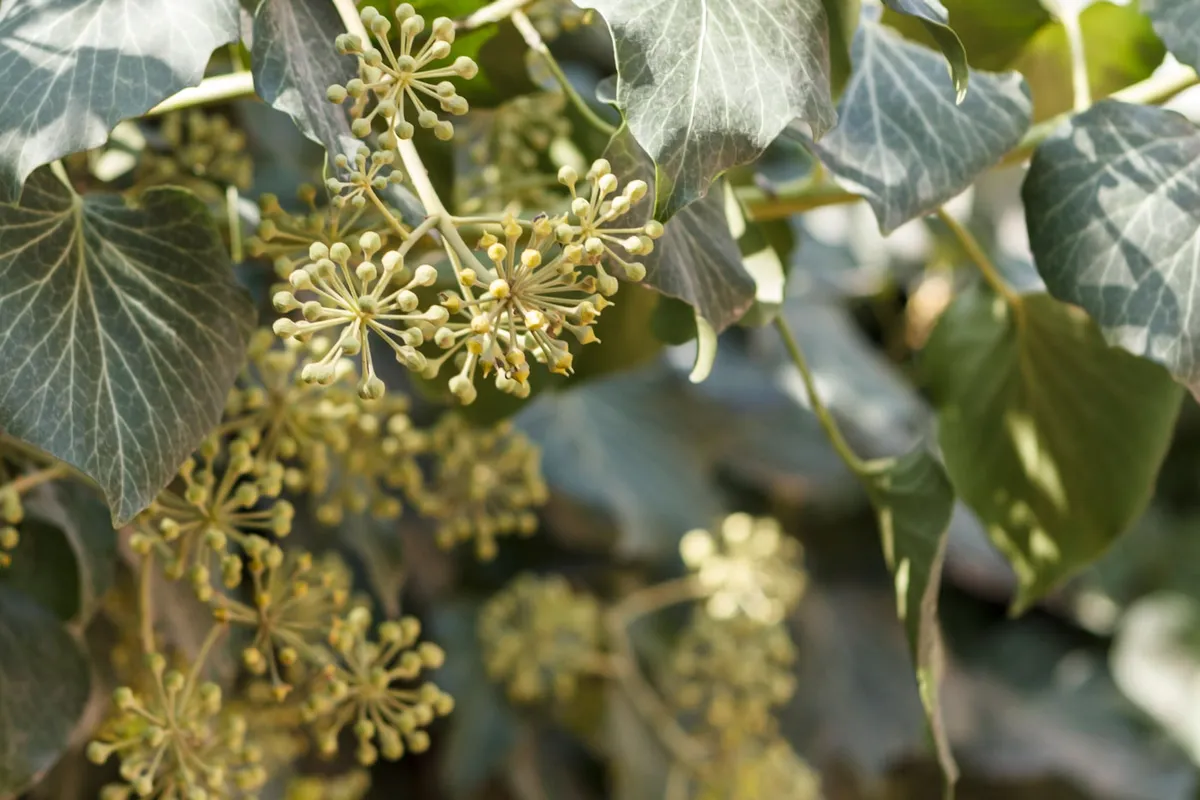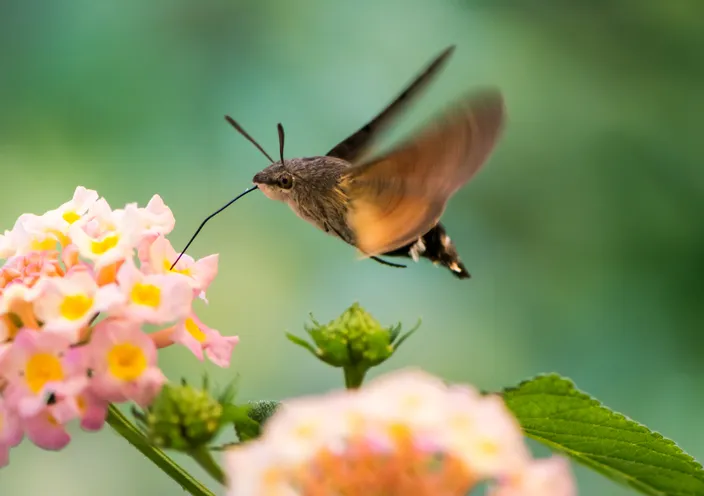Moth experts are encouraging people to go out and about at night on the 12-14 October and record their moth sightings following an influx of rare species from Europe.
The moths, which include the giant Convolvulus Hawk-moth and Humming-bird Hawk-moth, are set to boost autumn populations in the UK as they gather to feast on late-flowering plants such as ivy.
“Ivy is an undervalued natural resource and there is a tendency for it to be regarded as something that needs to be tidied away in the garden," said Atropos editor Mark Tunmore.
“However, ivy offers valuable nectar for insects, shelter for bats and nesting birds, as well as a source of berries for small mammals and birds. It is also an attractive plant in its own right."

This year, the more common immigrant moths have been joined by rarer species, including the Silver-striped Hawk-moth and Radford's Flame Shoulder.
“There are a fantastic range of autumnal moths in the UK, a number of which are declining. They provide food for many other animals especially those feeding up for winter when food is scarce. National Moth Night will provide important data to help determine the status of some of these species,” said ecologist at CEH Marc Botham.
Unlike insects which are active during the day, moths are an often overlooked species and yet perform a crucial role in ecosystems, both as pollinators for plants and as a source of nutrition for bigger animals during the food-scarce winter months.

Members of the public have been asked to help record these nighttime insects by finding patches of ivy flowers and returning with a torch when darkness falls.
The organisers of Moth Night hope that people will be able to count and identify many autumnal moths, including rare immigrant species, feeding on the ivy flowers.